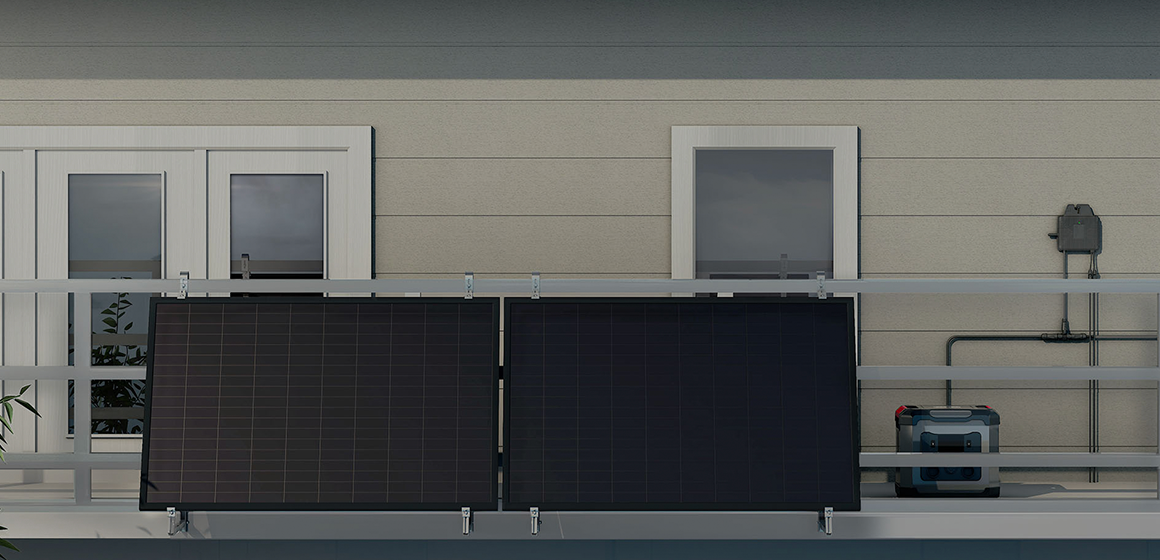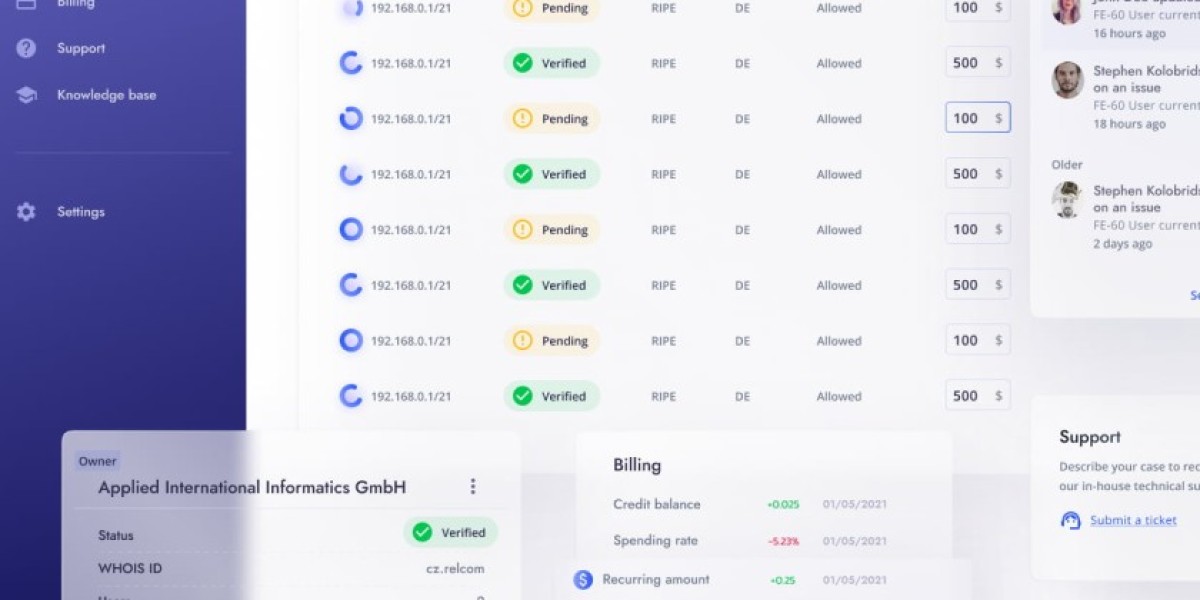Uncover the Hidden Gems of Solar Power: Which Products Shine Brightest?
As the world grapples with the pressing challenges of climate change and the need for sustainable energy, solar power emerges as a beacon of hope. Its potential to harness the sun's energy makes it not only a viable alternative to fossil fuels but also an essential component of modern energy solutions. With the rapid advancements in technology, a plethora of solar power products has flooded the market, each tailored to meet diverse energy needs. This article aims to explore and compare various solar power products, from panels to portable chargers, helping you navigate your options and make informed decisions for your energy consumption.

Overview of Solar Power Products
Solar power products encompass a range of devices designed to convert sunlight into usable energy. At their core, these products serve the fundamental purpose of making solar energy accessible for various applications, whether for residential, commercial, or portable use. The most common categories include solar panels, which capture sunlight; solar inverters, which convert that sunlight into electricity; solar batteries, which store energy for later use; and solar chargers, designed for on-the-go energy needs. Each category serves a unique function in the solar ecosystem, ensuring that energy harnessed from the sun can be utilized efficiently and effectively.
Solar Panels: The Heart of Solar Energy Systems
Solar panels are arguably the most critical component of any solar energy system, acting as the primary device that captures sunlight. There are three main types of solar panels: monocrystalline, polycrystalline, and thin-film. Monocrystalline panels are known for their high efficiency and sleek design, making them ideal for homeowners with limited roof space. Polycrystalline panels, while slightly less efficient, are often more cost-effective and are suitable for larger installations. Thin-film panels offer flexibility and lightweight designs, making them perfect for specific applications like portable systems or unique installations. Each type has its advantages and disadvantages, and the choice often depends on factors like budget, space, and energy needs.
Solar Inverters: Converting Energy for Use
After solar panels capture sunlight, the next critical step is converting that energy into a usable form, which is where solar inverters come into play. There are several types of inverters, including string inverters, microinverters, and power optimizers. String inverters are the most common, connecting multiple panels in series, making them a cost-effective choice for many homeowners. However, microinverters operate on a panel-by-panel basis, allowing for greater efficiency, especially in shaded areas. Power optimizers enhance the performance of solar panels by maximizing their output. The choice of inverter can significantly impact the overall efficiency and energy production of a solar system, making it an essential consideration for anyone looking to invest in solar energy.
Energy Storage Solutions: Solar Batteries Explained
Energy storage is a crucial aspect of solar energy systems, enabling users to store excess energy produced during the day for use during the night or during power outages. Solar batteries come in various technologies, with lithium-ion and lead-acid being the most prevalent. Lithium-ion batteries are favored for their high energy density, longer lifespan, and efficiency, while lead-acid batteries are often more affordable but come with shorter lifespans and lower efficiency. When selecting a solar battery, factors such as capacity, discharge rate, and warranty should be considered to ensure that the system meets individual energy needs. The right battery can make a significant difference in the effectiveness of a solar power system.
Portable Solar Chargers: Power on the Go
In an increasingly mobile world, portable solar chargers have gained popularity for their convenience and practicality. These devices allow users to charge phones, tablets, and other small electronic devices while on the go, utilizing sunlight to do so. When choosing a portable solar charger, important features to consider include the wattage, size, weight, and efficiency of the solar cells. Some models come with built-in batteries, enabling users to store energy for later use, which can be particularly beneficial during outdoor adventures or emergencies. Portable solar chargers serve as an excellent solution for those seeking to harness solar energy without being tethered to traditional power sources.
Summary of Solar Power Product Insights
In conclusion, the landscape of solar power products is vast and varied, with each category offering distinct advantages tailored to different energy needs. From the robust efficiency of solar panels to the essential role of inverters, the importance of energy storage solutions, and the convenience of portable chargers, understanding these products is vital for anyone looking to embrace solar energy. By thoughtfully considering your individual requirements, you can select the right solar power products to harness the sun’s energy effectively, contributing to a more sustainable future while reducing your carbon footprint.








